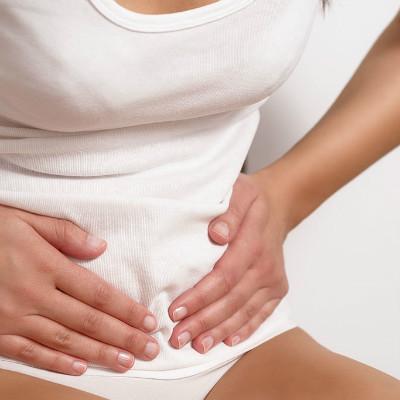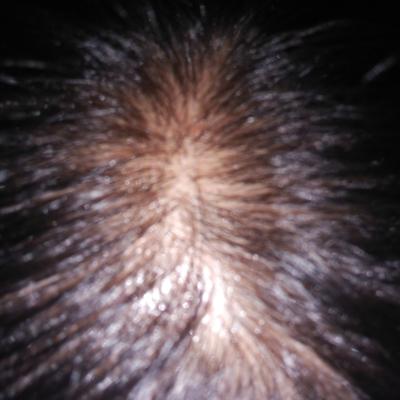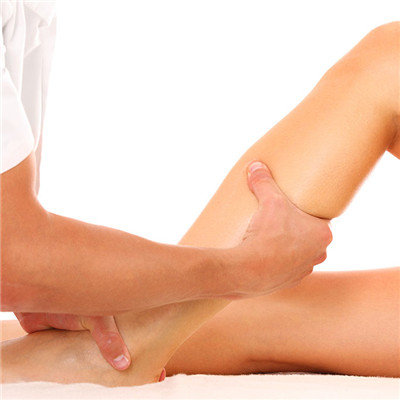The main symptom of oral ulcer?
summary
Oral ulcer, also known as "aphthous ulcer", is a superficial ulcer occurring on the oral mucosa. The size of the ulcer can range from rice to soybean, and it can be round or oval. The surface of the ulcer is concave and congested. Ulcers have the characteristics of periodicity, recurrence and self limitation, and most of them occur in lip, cheek and tongue. The etiology and pathogenesis are still unclear. The predisposing factors may be local trauma, mental stress, changes in food, drugs, hormone levels and vitamin or trace element deficiency. Systemic diseases, heredity, immunity and microorganism may play an important role in its occurrence and development. Local treatment is the main treatment, and systemic treatment is needed for severe cases.
The main symptom of oral ulcer?
Oral ulcer, commonly known as "oral inflamed" or "aphthous ulcer", is a kind of localized ulcer injury of oral mucosa characterized by periodic recurrence, which can heal itself and occur in any part of oral mucosa. The mucous membrane of lip, cheek, soft palate or gingiva is common. Single or multiple round or oval ulcers of different sizes occur. The surface is covered with gray or yellow pseudomembrane, the center is sunken, the boundary is clear, the surrounding mucous membrane is red and slightly swollen, and the local burning pain of ulcers is obvious. The ulcers have the characteristics of periodicity, recurrence and self limitation. Oral ulcer is also known as recurrent aphthous stomatitis (RAS), recurrent oral ulcer (ROU), recurrent aphthous ulcer (ahthae) or canker sores.

At present, the etiology and pathogenesis of oral ulcer are still unclear. The predisposing factors of oral ulcer may be local trauma, mental stress, changes in food, drugs, hormone levels and vitamin or trace element deficiency. Systemic diseases, heredity, immunity and microorganism may play an important role in the occurrence and development of oral ulcer. Due to the unknown etiology, the diagnosis of oral ulcer is completely based on the history and clinical manifestations, lack of laboratory indicators as a basis for diagnosis. Oral ulcer indicates that the body may have potential systemic diseases, such as gastrointestinal, blood and endocrine system diseases, but most of the patients are healthy and have no systemic diseases.

Minor aphthous ulcer (Mirau): about 80% of the patients with RAU, most of them are of this type at the beginning of the disease. Most of the ulcers occurred in the mucous membrane of lip, tongue, cheek and soft palate without keratinization or poor keratinization. Rau was initially characterized by focal mucosal congestion and edema with miliary red spots, obvious burning pain, and then superficial ulcer, round or oval, diameter < 5mm. About 5 days later, the ulcer began to heal. At this time, granulation tissue was formed on the ulcer surface, the wound became smaller, the swelling subsided and the pain relieved. About 7 to 10 days, the ulcer healed without scar. Ulcers generally 3-5, scattered distribution. The interval period of ulcer recurrence varies from half a month to several months, and some patients will appear one after another, delayed and unhealed. Some patients have more regular onset cycle, such as before and after menstruation, or often after fatigue. Generally, there are no obvious systemic symptoms and signs.

matters needing attention
According to the compendium of Materia Medica in the Ming Dynasty Pharmacopoeia, "tea is bitter and cold, which can reduce fire most... If fire falls, it will be clear". According to research, tea contains tannin, which can promote the healing of oral ulcer, and tea can also reduce inflammation and sterilization. Because tannin can coagulate the protein of single cell bacteria, tea soup is commonly used to wash the wound to disinfect and sterilize, so as to promote wound healing. Tea is also rich in vitamin C (vitamin C has anti scurvy effect), vitamin B12 (can prevent and treat all kinds of inflammation). Others, such as vitamin P and vitamin K, have certain effects on the rehabilitation of oral ulcer.

















